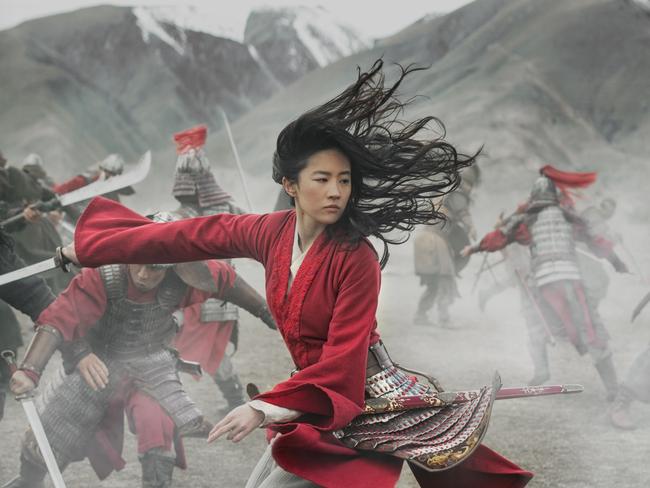
Mulan, the Disney adventure centred on a female warrior in fifth-century China, is a rare film: its influence on what we used to call “the pictures’’ depends less on what happens on screen and more on what has happened and will happen off screen.
This $US200m movie, a live-action adaptation of the 1998 animated feature of the same name, was set to be one of the blockbusters that saved cinemas from COVID-19, along with Christopher Nolan’s Tenet, out now and doing well; Wonder Woman 1984, due in October; the next James Bond thriller, No Time to Die, due in November; Denis Villeneuve’s remake of Dune, due on Boxing Day; and Top Gun Maverick, now in the hangar until July next year.
Last month, however, Disney announced it was cancelling the cinema release of Mulan in the US and moving it straight to its Disney+ streaming service. This decision was mirrored in Australia. The film still will have a cinema release in some countries, including one of the most important markets: China.
Disney also announced that Mulan would first be available only to subscribers who paid a “premium access” fee. In Australia that is $34.99 on top of the $8.99 monthly fee. For that, subscribers can watch Mulan as many times as they like. The movie will be available to regular subscribers at a later date.
In interviews, Disney chief executive Bob Chapek has been fairly direct about the thinking behind this “premium access” initiative. In short, it’s about the money. Disney needs to recoup $US200m to break even. It hopes Mulan will bring in more subscribers.
If it does, what does that mean for the future of cinema? Will other studios go down the same path? If they do, will the Academy of Motion Picture Arts and Sciences have to have another rethink about the rules for Oscar eligibility?
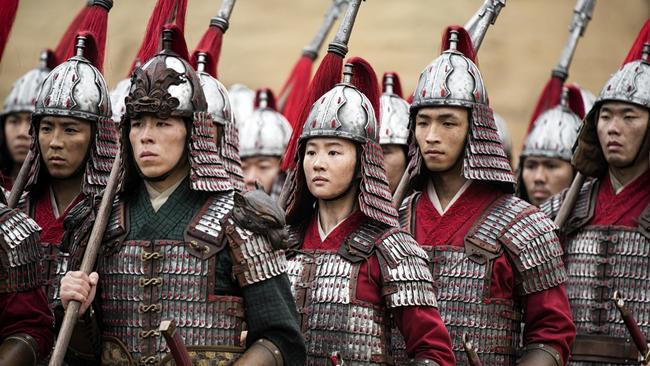
All of this goes to the broader financial picture. There are other important elements to Mulan that I’ll mention briefly. First, Disney responded to an online petition — Tell Disney You Don’t Want a Whitewashed Mulan — by auditioning about 1000 Asian actresses for the lead role. It went to Liu Yifei, born in Wuhan, today believed to be the origin of COVID-19. She moved to the US with her family at age 10.
Second, after Ang Lee turned down the offer to direct, the job went to New Zealand filmmaker Niki Caro (acclaimed for The Whale Rider from 2002). This makes Mulan, which was filmed in China and NZ, the most expensive movie directed by a woman.
The good news, for potential viewers and for the Kiwi director, is that it is a fine movie. It is visually spectacular (Australian cinematographer Mandy Walker, whose CV includes Ray Lawrence’s Lantana and Baz Luhrmann’s Australia), thrillingly dramatic, surprisingly humorous and strongly acted. When Disney was auditioning Asian actresses for the title role, two of the must-haves were English fluency and martial arts. New York-based Yifei has each — she did most of her own stunts — and as a bonus she can also act.
And though set in AD5 China, Mulan is as MeToo as, well, Wonder Woman. It’s about a woman breaking down barriers to take her rightful, equal place in the world.
The basic story, based on Chinese folklore, is set up with intelligence and humour.
Fa Mulan (Yifei) is a girl so she is supposed to bring honour to her family by marrying, via a matchmaker, and having children. However she has super strong chi (life energy) and knows she is capable of much more. A scene where she has to have tea with the village matriarchs is athletically comic.
Her father Hua Zhou (Tzi Ma), a wounded war hero, is sympathetic but tells his daughter that it is time to “put your gift away, silence its voice”. She obeys until marauding tribes from the north, led by Bori Khan (Jason Scott Lee) and assisted by a shapeshifting witch (Gong Li), threaten to invade the Imperial City.
The emperor (Jet Li in a non-martial arts role, though he shows he still has superb eye-hand co-ordination) decrees that every family must provide one man to the Imperial Army.
Hua Zhou has no sons, so he volunteers. But before he can leave his daughter disguises herself as a man and takes his sword and his place at the military academy.
The boot camp sequence is full of comedy. Mulan’s method of disguise is essentially putting her hair up and speaking in a deep voice. She is unable to use the showers. A scene where she, now called Hua Jun, and the other recruits discuss what they like in a woman is a highlight. “He” likes intelligence and a sense of humour. “His” comrades assume he’s joking.
There’s a Full Metal Jacket-esque commander (Donnie Yen) who has to turn a group of ordinary young men — and unknown to him one young woman — into elite soldiers. “We are going to make men out of you,’’ he tells them, understandably straight-faced. He also warns them that the punishment for bringing a woman into the camp is death.
With snow on the hills, moments from Game of Thrones come to mind, especially the Night’s Watch experiences of the kind Samwell Tarly (John Bradley), who has a near spitting image here. Yet the recruits do become soldiers and this takes us to the grandstand battle scene with the Rouran warriors and the witch, which is as good as anything in GoT.
However, while it is a decisive plot moment it is not the climax but the turning point. Mulan is a courageous, loyal fighter, but she is breaking the third code soldiers are supposed to live by: honesty. She realises this and the movie heads in a new direction that reminds us that power should not be defined by gender.
Early on, the young Mulan is told to “Learn her place”. She does and, in doing so, teaches everyone else a lesson.
-
I Am Woman (M)
Stan
★★★
“There’s a whole lot of mes out there and we don’t want to listen to that.” That’s Helen Reddy upbraiding her husband and manager Jeff Wald in I am Woman, a biopic about the Melbourne-born singer and 1970s feminist activist, named after her most famous song.
The “that” she is referring to is an emerging band, managed by Wald, called Deep Purple. They are on the rehearsal stage, working on a song. The “mes” are women, young and old, single or, like Reddy, married with kids.
This is one the best scenes in this movie, directed by South Korea-born, Sydney-reared filmmaker Unjoo Moon, written by Emma Jensen and filmed by the director’s cinematographer husband Dion Beebe.
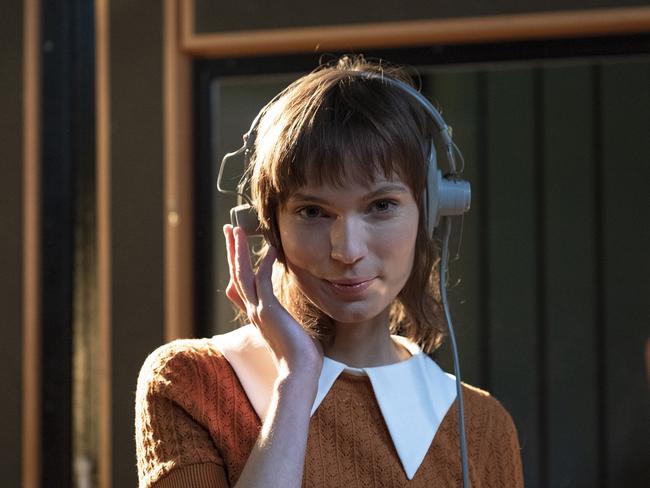
It goes to the main challenge in Reddy’s career, one she overcame yet one that for many women still stands today: making men listen.
This is not a cradle-to-grave biopic. It starts in 1966 when Reddy (Adelaide actress Tilda Cobham-Hervey) arrives in New York with her three-year-old daughter, Traci, after winning a talent contest on the television show Bandstand.
This might have led to a record deal, but that does not happen. “You’ve heard of the Beatles right?” the label boss tells her. In other words, he has no time for a female singer. Reddy thinks of returning home but is convinced to stay by Brisbane-reared music writer Lillian Roxon (Danielle Macdonald), who becomes a friend.
They go to a party where Reddy meets Wald (Evan Peters). They can’t crack it in New York so move to Los Angeles, the hotspot for music via Laurel Canyon. (I reviewed the rock doc Echo in the Canyon a few weeks ago.)
They have a son, Jordan, and while Weld is doing OK, Reddy is more or less a housewife. He’s too busy managing Deep Purple and, quote, “that douche bag Tiny f..king Tiny Tim”. When Reddy forces his hand and lands an audition with Capitol Records she wins them over with a song about another difficult man: I Don’t Know How to Love Him from Jesus Christ Superstar.
This scene in the recording booth is another highlight. Cobham-Hervey (Girl Asleep, Hotel Mumbai) met Reddy, now 78, as she prepared for the role. She dominates and charms every moment she is on stage. She does not do the actual singing we hear, however. That is a combination of Reddy’s recordings and renditions by Australian pop singer Chelsea Cullen.
The director says that while Cobham-Hervey sang every day and “has a great voice”, it was important “to make the final film sound like Helen Reddy”. That works, as does the attention to 70s detail, such as the upright Hoover pushed around by the “Queen of housewife rock”, as Reddy’s friend Alice Cooper dubbed her.
Reddy released I Am Woman in 1971 and it went to No 1. The connections to the women’s rights movement, while valid, are a bit heavy-handed and the dialogue at times feels cliched.
I think the most gripping part of this movie is not the upside but the downside: what Reddy goes through when Wald, a cocaine addict, loses control of himself and their finances. This takes us into a real human drama.
“Trust me, I am different,” Reddy tells Wald when they first meet. She was right about that.


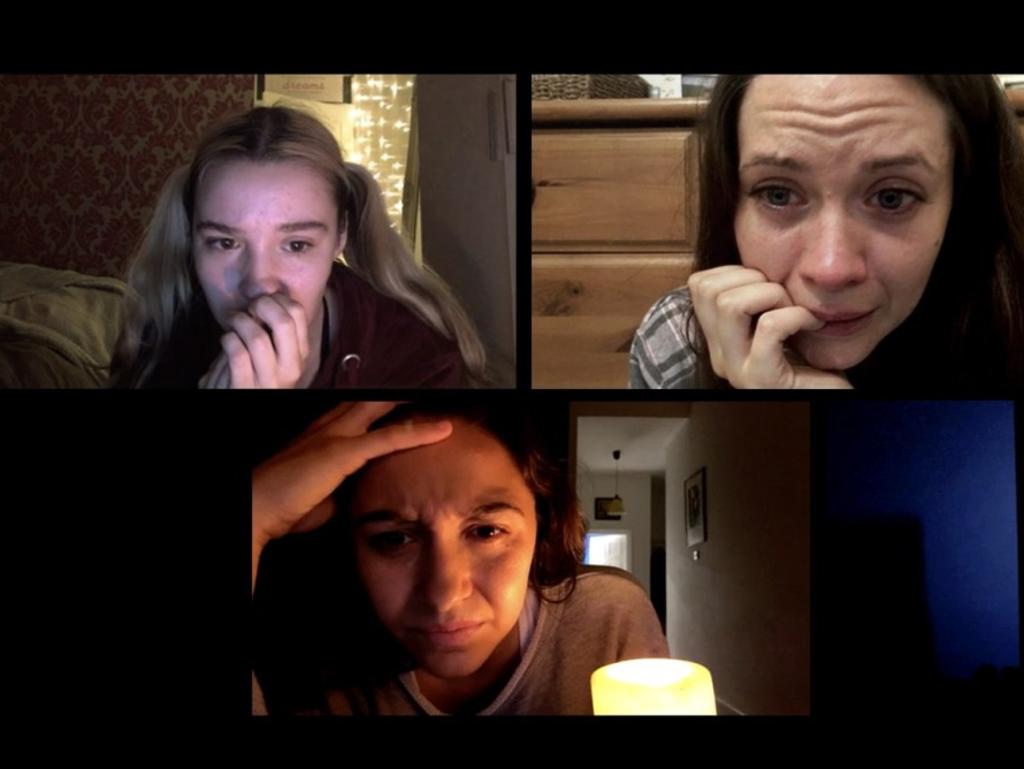
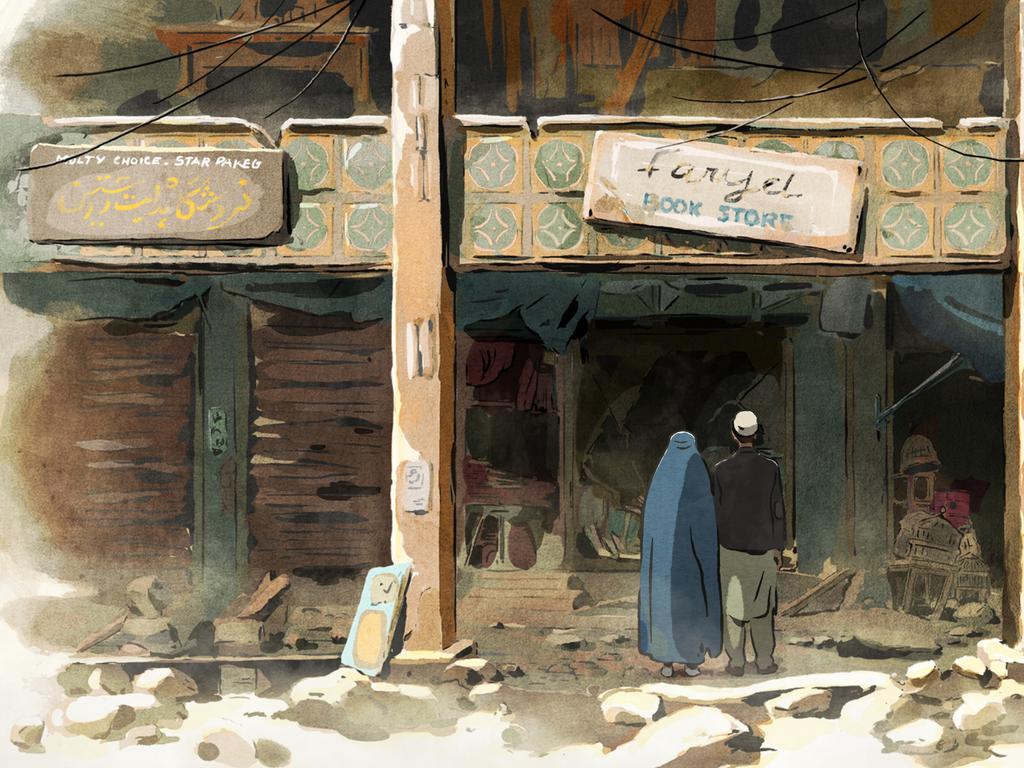



Mulan
Disney+ ★★★½